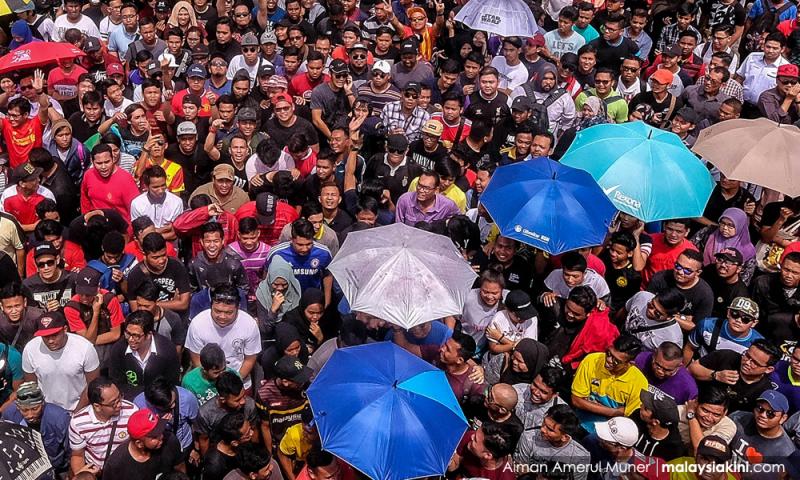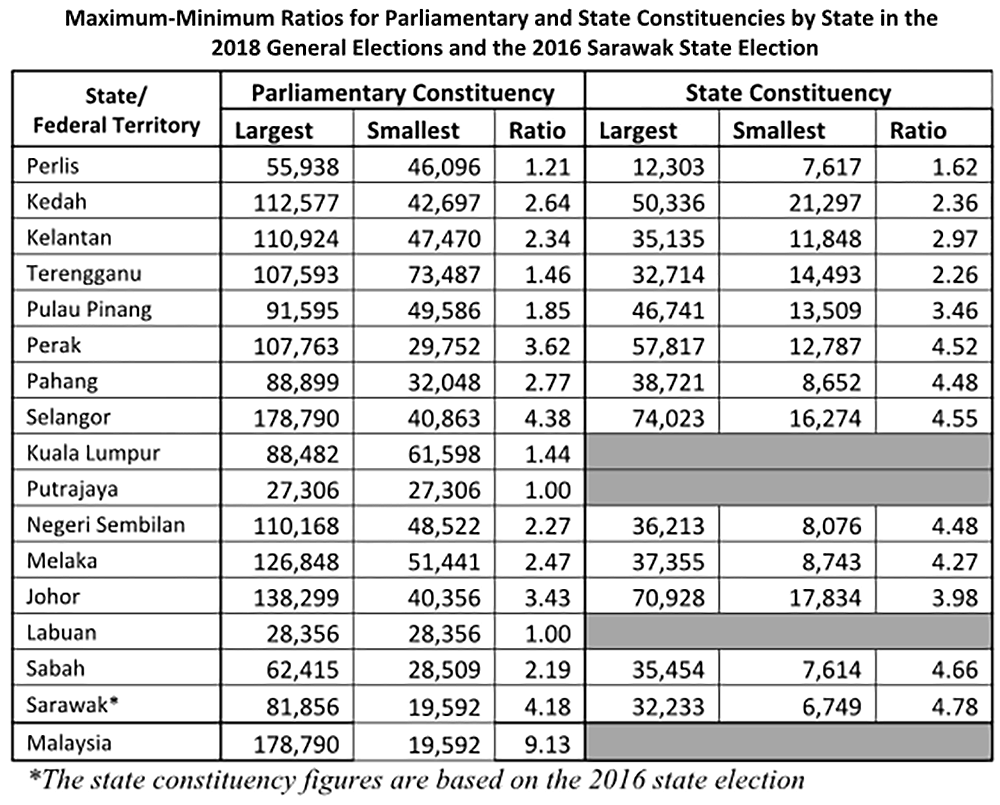Might #Undi18 disempower the youth?
COMMENT | Make no mistake. Lowering the voting age to 18 (Undi18) is the right thing to do. So is automatic voter registration.
Long demanded by civil society groups from Bersih to the youth NGO called "Undi18", these two reforms basically ensure eligible citizens above 18 can vote when elections come, even if they earlier couldn't care less about registering themselves as voters.
And we must congratulate the Pakatan Rakyat federal government and the opposition parties for their multipartisan consensus to pass the constitutional amendment bill in the Dewan Rakyat last July 16.
Particular commendation should be given to Syed Saddiq Syed Abdul Rahman, the minister of youth and sports, who personally drove the reforms.
And we appreciate that the Election Commission (EC) is working hard to lay down the mechanism for automatic voter registration. In two years’ time, some eight million eligible citizens will join the 15 million voters in the 14th general election (GE14) electoral roll.
Having said all the positive things, now, let us ask: will Undi18 with automatic voter registration necessarily empower the youth? Might it disempower the youth instead?
These questions need to be asked because there are unintended consequences in life, especially politics. Remember the proverb, “The road to hell is paved with good intentions”?
And I hope to catch the attention of Syed Saddiq on the unintended consequences. Reforms introduced in isolation can be hazardous.

How might Undi18 and automatic voter registration go wrong for the youth? The malapportionment of parliamentary constituencies is bad enough but the influx of eight million new voters will worsen it.
Some youths – for example, students and graduates in UKM and UPM if they register themselves for P102 Bangi, the country’s most populous constituency – may find their votes to be worth possibly only 1/8th or 1/10th of the ballots of others – say, those in Lenggong, Perak; Cameron Highlands, Pahang; Labis, Johor; or Sabak Bernam in Selangor.
What empowerment of youth are we talking about if their votes carry so little weight that politicians can safely ignore their voices because chasing fewer and older voters from constituencies like Lenggong, Cameron Highlands, Labis and Sabak Bernam is more cost-efficient?
Brexit has shown how older and rural voters may have very different preferences from younger and urban voters.
However, in Brexit, one may blame the youth for having a lower turnout than senior citizens – 65 percent for 25-39, 66 percent for 40-54, 74 percent for 55-64 and 90 percent for 65 and above, based on one estimate.
For Malaysia’s 15th general election (GE15), if youth turnout is no lower than the seniors', but their votes are politically insignificant because they are disproportionately located in under-represented urban centres, what youth empowerment are we talking about at the end of the day?
Will it not even risk turning some youths away from enthusiasm to disillusionment and ultimately cynicism or radicalisation?
The following table shows how bad malapportionment of parliamentary and state constituencies is within each state and territory.
Section 2 of the Federal Constitution’s 13th Schedule stipulates that the number of voters for constituencies within the same state should be “approximately equal”. The Constitution used to define “approximately equal” as the maximum-minimum ratio as not more than 2:1.
Even after this quantifiable cap was removed in 1973, common sense tells us that three or four cannot be “approximately equal” to one. However, headed by Hashim Abdullah (for delimitation in West Malaysia and Sabah beginning 2016) and Abdul Aziz Mohd Yusof (for the 2015 delimitation in Sarawak), the EC worsened, instead of correcting, malapportionment.
In GE14, all but five states had the ratio at about 4:1 for state constituencies and four states had a ratio larger than 3:1 for parliamentary constituencies.
As the eight million new voters are not to be evenly spread out across the 222 parliamentary constituencies but disproportionately concentrated in already under-represented urban centres, the maximum-minimum ratios are to soar from the 3:1 or 4:1, based on the above table.
No, I am not comparing Bangi (178,790 voters in GE14) with Sarawak’s smallest, Igan (19,592) or Putrajaya (27,306) and Labuan (28,356), which must have one parliamentary seat as federal territories, regardless of their electorate size.
Lenggong (29,752), Cameron Highland (32,048), Labis (40,356) and Sabak Bernam (40,863) are the smallest constituencies in Perak, Pahang, Johor and Selangor that are easily reachable with tarred roads.
When the dust settles, Bangi may double its electorate to possibly 350,000-400,000 but do we expect Lenggong to grow beyond 40,000 or the other three constituencies to have more than 50,000 voters?
So, can we accept that a vote in one peninsular constituency may be worth eight to 10 times in another?
If we want to ignore the elephant in the room, let’s not talk about democracy or youth empowerment to give false hopes.
WONG CHIN HUAT is an electoral system expert at the Jeffrey Sachs Centre on Sustainable Development, Sunway University. He also leads the clusters on the electoral system and constituency delimitation for the government’s Electoral Reform Committee (ERC).
The views expressed here are those of the author/contributor and do not necessarily represent the views of Malaysiakini.
RM12.50 / month
- Unlimited access to award-winning journalism
- Comment and share your opinions on all our articles
- Gift interesting stories to your friends
- Tax deductable

 Wong Chin Huat
Wong Chin Huat